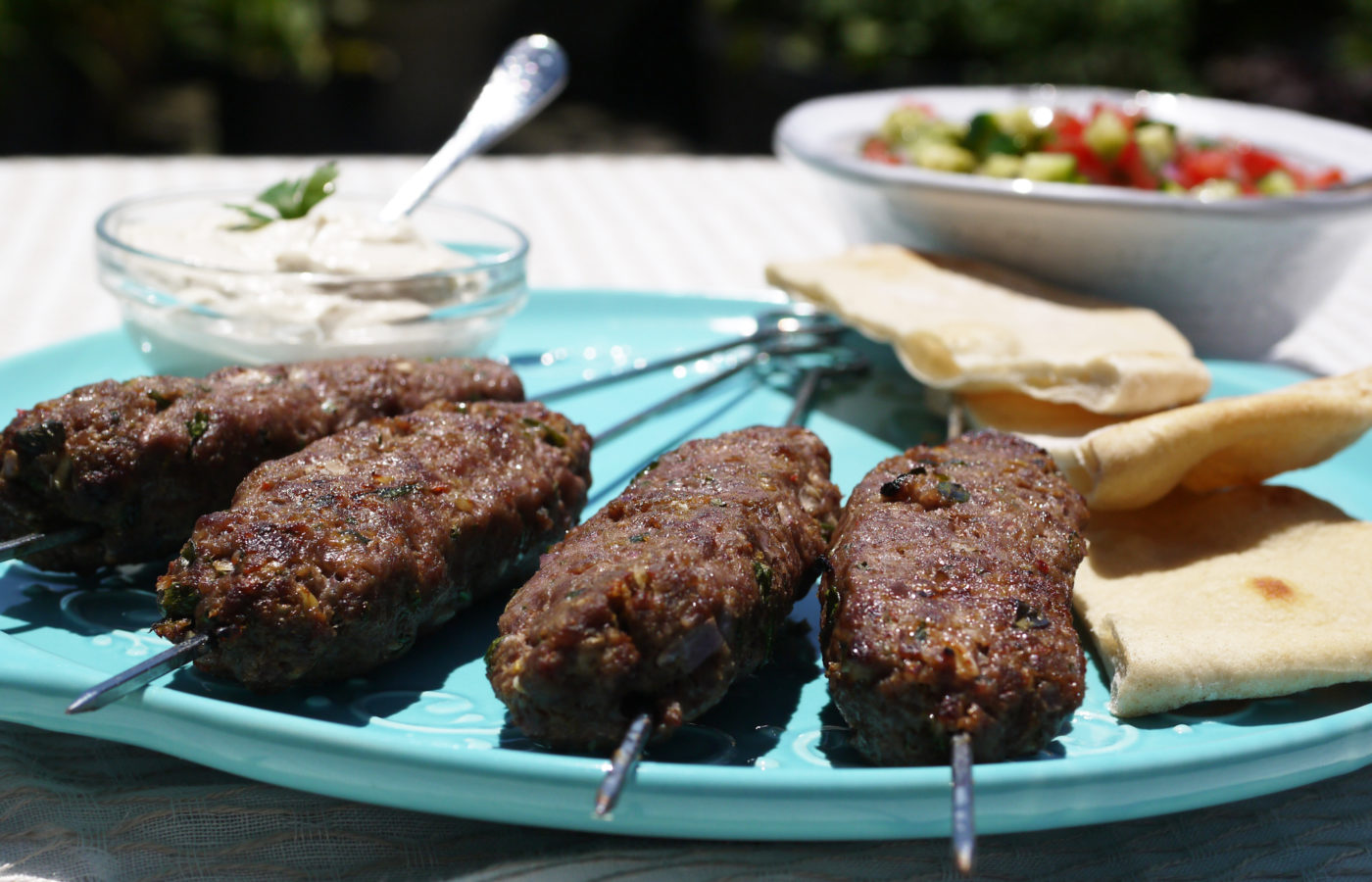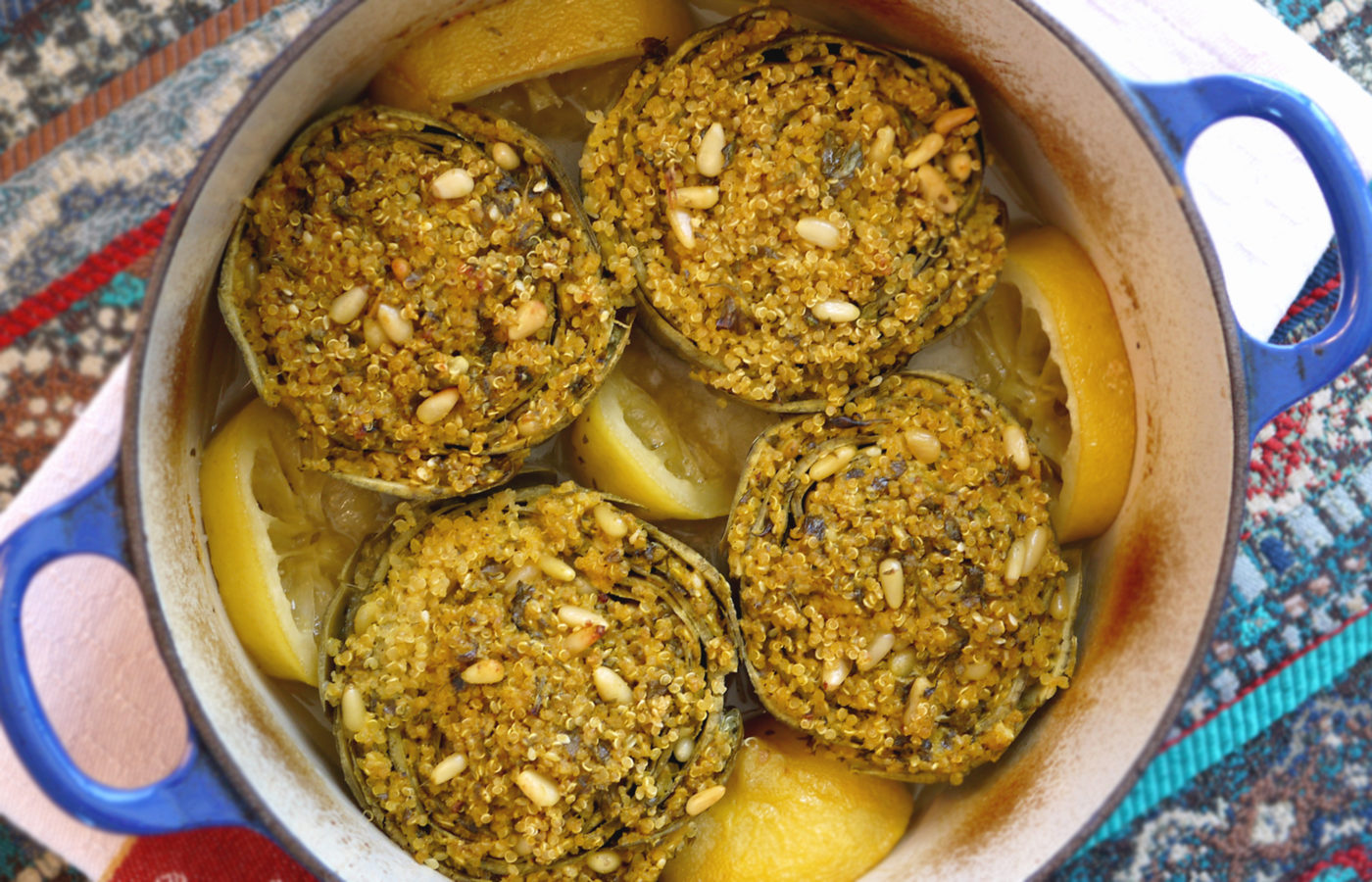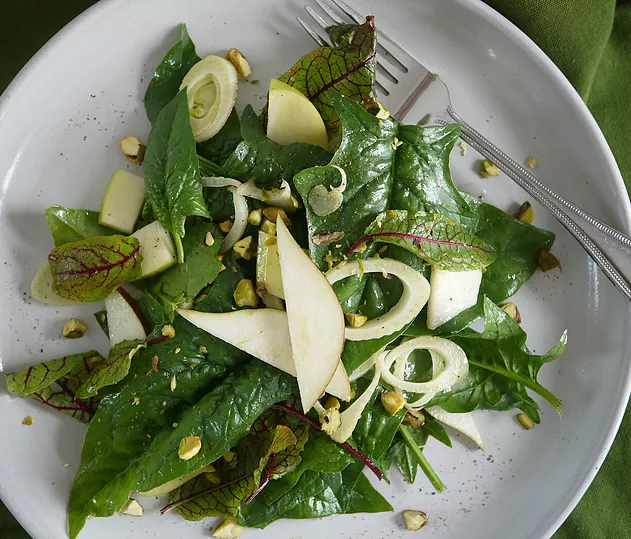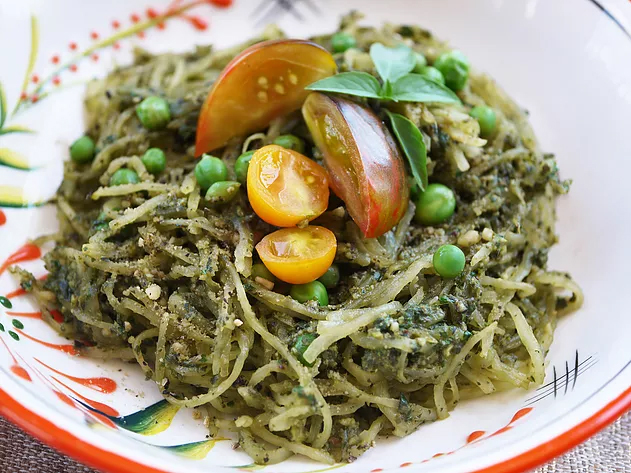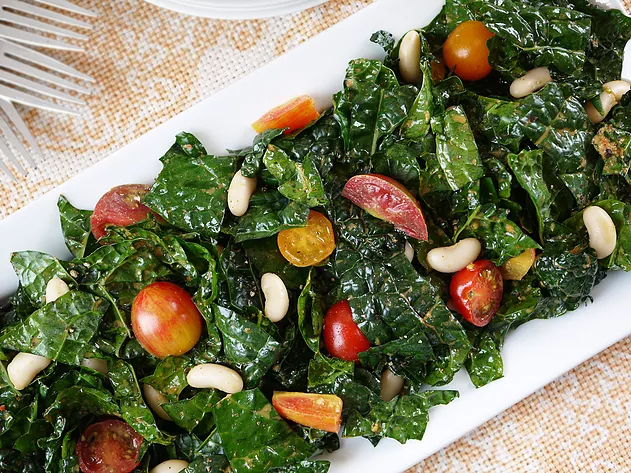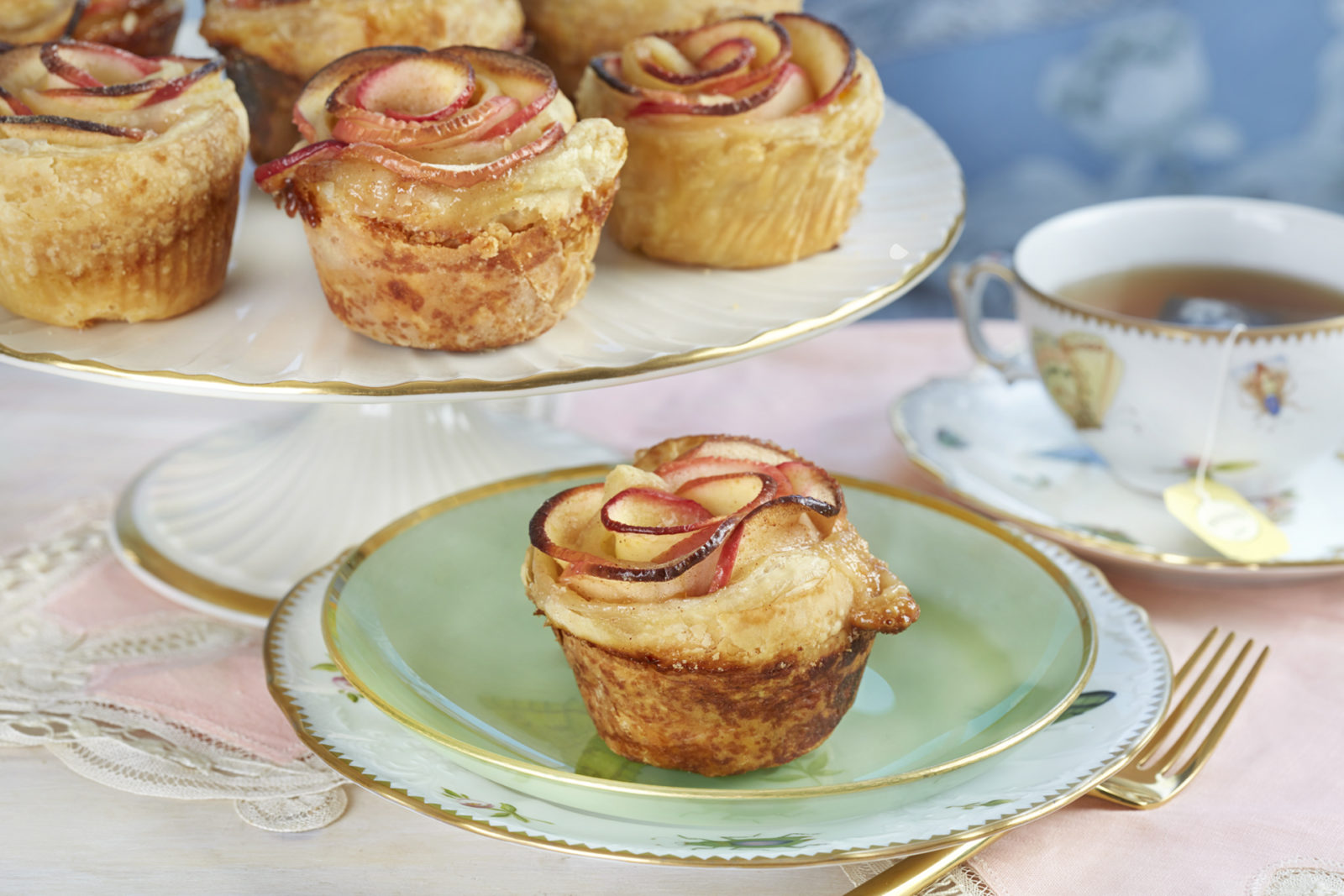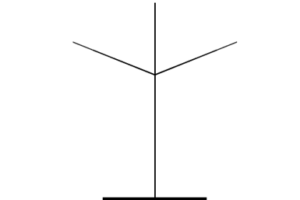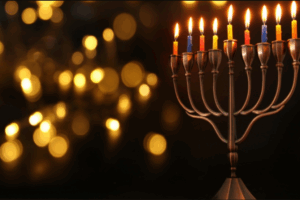“Trying to do nothing may lead you to something very special.”
In this period between Passover and Shavuot, the Israelites wandered in the Wilderness. They had left their slavery in Egypt but had not yet received the Torah and reached the Promised Land. The tradition of Counting the Omer – the 49 days between Passover and Shavuot – is a period of continued reflections and learning. I wanted to share my recent life learning about handling adversity.
I used to try to do everything. Now I try to do nothing. This is my story of transformation.
My friends and family would not call me a Type A. They would call me a Type AAA+++! There was rarely a challenge that I didn’t take on. There was rarely a request (perceived or actual) from a friend or family member that I didn’t follow up on immediately. I managed three companies, was active with my children, worked out nearly every day, cooked most of our family meals, traveled around the world constantly, entertained frequently and never ever slowed down. I really didn’t know what the word “relax” meant!
I was so happy. Or so I thought.
Quite abruptly, the universe forced me to experience a radical transformation. In January (two weeks after my 49th birthday!), I tore my Achilles tendon and had reconstructive surgery. Given that this was a repeat rupture and extra serious injury, my doctor placed me on a 40-day bedrest. 40 days in bed! I realized that this number 40 was biblical – Israelites wandering in the wilderness, Noah’s Flood, Moses on Mount Sinai, etc. I was completely restricted to my bedroom for 40 days and totally incapable of showering, preparing my meals or any basic skills on my own because of my cast and crutches.
My friend told me to find a blessing in this journey. I wondered what could I learn?
I initially tried to use my Type AAA+++ skills to “solve” my new problem. Very quickly, I realized that my old way simply would not work. I had to make radical changes. I had no choice. My first realization was that I was not able to really work. I couldn’t travel, I was on painkillers and sitting on the phone and trying to juggle a laptop didn’t really work for me. I asked my team to handle my business while I was out. They immediately rose to the challenge – happily and capably. I felt gratitude for this important blessing. I also had to remove myself from our family activities. I usually drove the kids and did all of the evening cooking. I no longer could. My family simply did without me. Personally, I would usually workout every day and play a lot of squash. This was obviously no longer an option. I simply gave up all of my activities. I did not watch any TV or movies. Instead I simply read, I wrote in my journal and I meditated each day. I did so very little but felt so fully satisfied at the end of each day. I truly lived in my life’s newly discovered pause.
This period of bedrest helped me realize some very important lessons. I realized that my company team members really valued the opportunity for increased autonomy and independence. My family also benefitted from my life pause. When I tried to do everything, I did not allow others to find their own path. I not only frustrated myself by over burdening my schedule, I also frustrated others by impeding their ability to grow and develop.
When I changed to trying to do nothing, I was happy to be less burdened and enjoyed more creative space. In reality, I didn’t actually do nothing, I ended up doing something. By carefully selecting only certain “somethings,” I ended up doing only what I truly felt were the most important projects.
With my family, my favorite moments were my daily dessert with my younger daughter. Instead of me always preparing meals for everyone else, each day Lucy would bring me a delicious dessert: a simple apple for me and a package of pomegranate seeds for herself. We thoughtfully ate our fruit together each night and I listened intently to her thoughts and her reflections on her school day. I never felt more fully fulfilled from a meal.
Trying to do nothing prevented me from trying to do everything and the result is that I only did the most important “something” and experienced true inner fulfillment.
During this bedrest, I learned how to leave the “old Andy” of “Trying to do everything” to experience the new rhythm of life of simply being in the moment. Just as the Israelites first experienced Shabbat during their wandering in the wilderness after they left Slavery. I feel like I experienced an extended Shabbat for the first time. I experienced time without judgment or expectation – just being fully present with myself – resting, healing, reflecting with God and being with my daughter.
Many of us may experience an external catalyst that forces us to change. Many of us will attempt to resist or fight the current of change. Ultimately, some of us relent and adapt and learn. Our most important challenge is to sustain this newly revealed lesson in our daily lives when the external catalyst is no longer present. That will be our true challenge and opportunity. Imagine the possibilities!
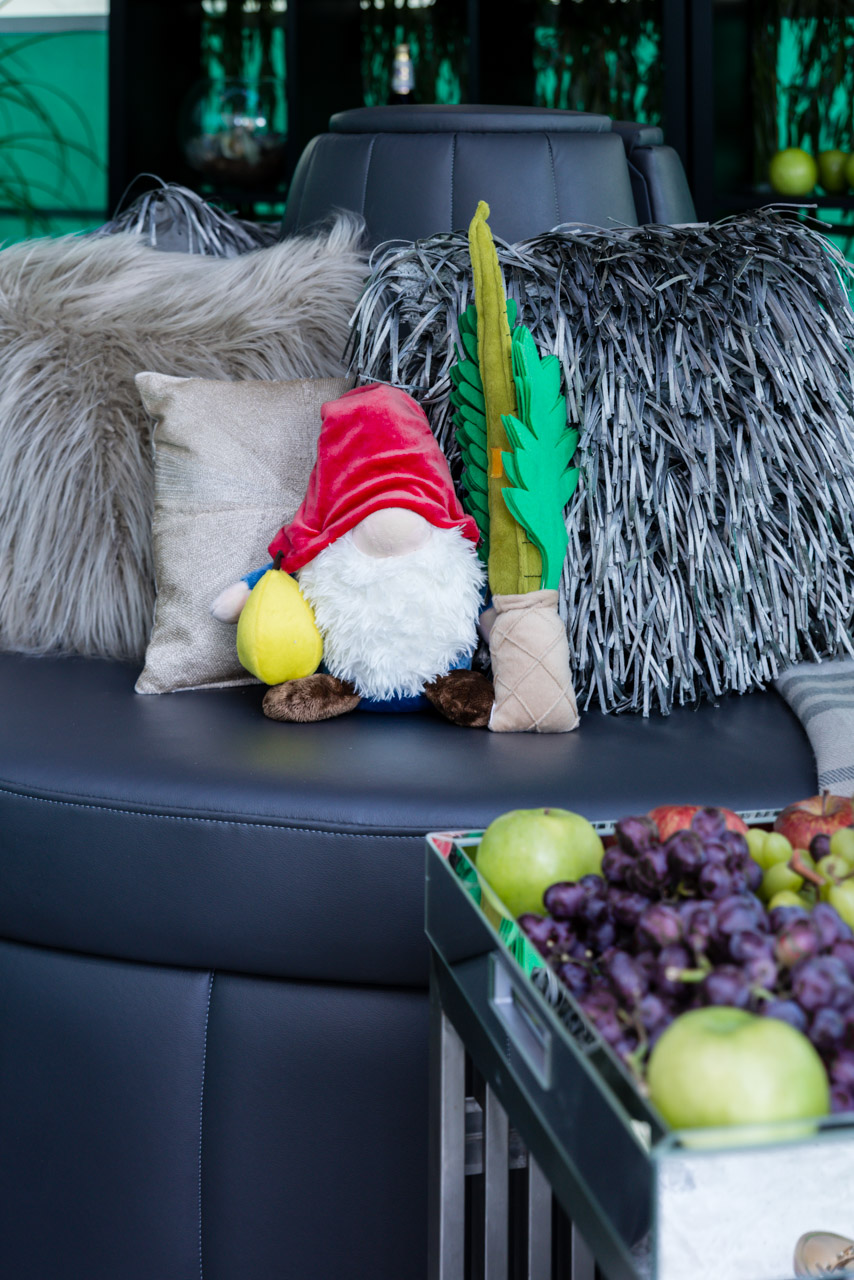
 A copper geometric bowl of etrogs is featured on top a geometric table on a side table for guests to rest their wine and food.
A copper geometric bowl of etrogs is featured on top a geometric table on a side table for guests to rest their wine and food.
 set the mood under the night sky.
set the mood under the night sky.

